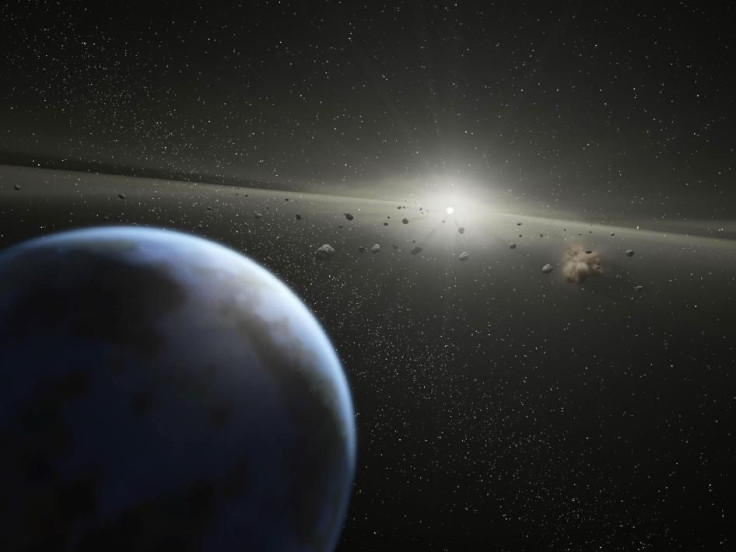NASA Asteroid Warning: Two NEOs To Approach Earth Tomorrow

KEY POINTS
- NASA detected two asteroids that are currently headed for Earth
- The two asteroids could cause violent airburst if they hit Earth
- The approaching asteroids will fly past the planet on Jan. 17
NASA is currently monitoring two mid-size asteroids that are expected to approach Earth tomorrow. Based on the data collected by the agency’s Center for Near-Earth Object Studies (CNEOS), the two asteroids could cause powerful explosions in Earth’s atmosphere if they collide with the planet.
The first steroid that’s expected to approach the planet tomorrow has been identified as 2019 YQ3. According to CNEOS’ data, this asteroid is currently flying towards Earth at a speed of almost 7,000 miles per hour. It has an estimated diameter of about 102 feet.
Closely following 2019 YQ3 is an asteroid known as 2020 AD1. This asteroid is slightly bigger and moving a bit faster than 2019 YQ3. As noted by CNEOS, 2020 AD1 is about 108 feet wide and is traveling across space with an average velocity of about 10,000 miles per hour.
2019 YQ3 has been classified as an Amor asteroid. This means that it follows a very wide orbit around the Earth and the Sun. Although 2019 YQ3 occasionally approaches Earth, its orbit does not intersect with the planet’s path around the Sun.
2020 AD1, on the other hand, is an Apollo asteroid. Like other Apollos, this asteroid follows a wide orbit within the Solar System. Unlike 2019 YQ3, 2020 AD1 has an Earth-crossing orbit, which means its trajectory intersects with that of Earth from time to time.
Based on the estimated diameters of these two approaching asteroids, they most likely won’t cause impact events on Earth if they collide with the planet. Instead, they will burn up in the atmosphere and cause a powerful explosion in the sky.
Depending on the altitude of these asteroids’ airburst, the blast from the explosion could affect structures and people on the ground.
According to CNEOS, 2019 YQ3 is expected to fly past Earth on Jan 17 at 1:57 p.m. EST. During this time, the asteroid will be about 0.04676 astronomical units or roughly 4.3 million miles from the planet’s center.
As for 2020 AD1, this asteroid will approach Earth on Jan 17 at 4:15 p.m. EST from a distance of about 0.02334 astronomical units or around 2.2 million miles away.
© Copyright IBTimes 2024. All rights reserved.





















